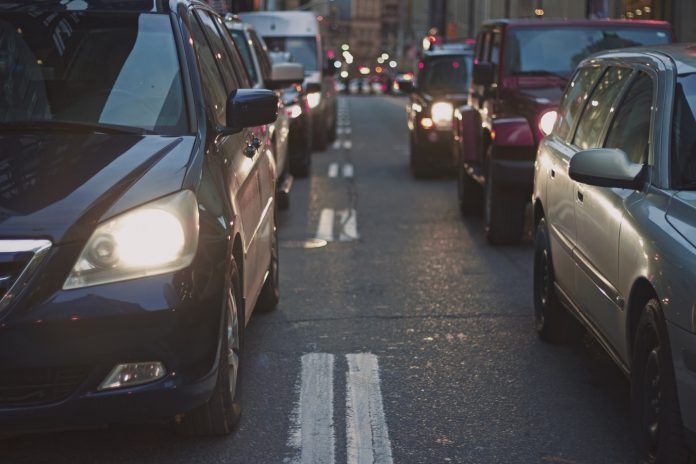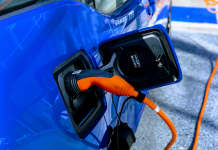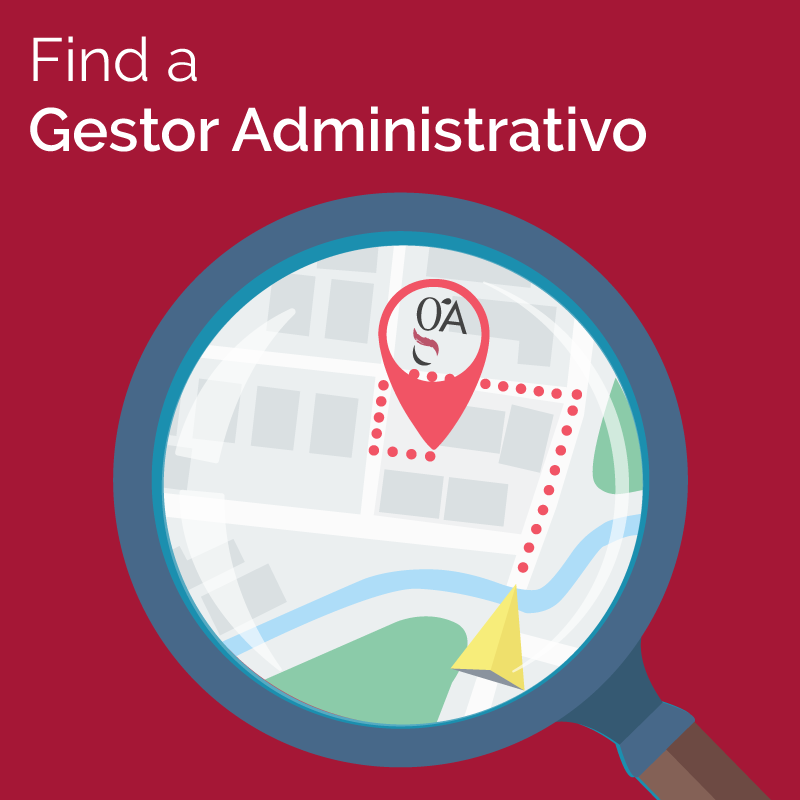
Traffic radars are a popular tool to promote safety on the roads, help maintain control of the speed at which it is circulated, as well as detect drivers who use mobile phones at the wheel or passengers who do not wear seat belts.
The Directorate General of Traffic is the body that regulates the vast majority of everything related to traffic radars in Spain, along with the municipalities and the Civil Guard.
The fixed radar is the best-known model, as it is quite visible because it is located inside a small grey cabin. These radars are located on the side of the road and are usually signposted a few meters before the vehicle reaches its location, so that the driver can reduce speed with enough time.
In addition to the fixed radars in the cab, there are eight other types of radars currently in Spain, some more novel than others:
1. Mobile radars. Their location changes as previously agreed and are positioned in cars of the Guardia Civil or in some cases on a tripod.
2. Stretch Radars. This type of radar distinguishes itself from the rest because it measures speed over a minimum number of kilometres. In other words, it does not capture the speed at which a vehicle circulates at an exact moment, but carries out an average calculation of speed by means of a section in which an ‘entry’ and an ‘exit’ device are located.
3. Traffic light radar. They are signposted a few metres before arriving at the place where they are located and they are in charge of locating the vehicles that do not respect the red traffic lights.
4. Belt Radar. By means of a photograph, this type of radars discover the passengers that travel without safety belt. The driver will have to pay a fine of 200 euros and the suppression of three points of driving licence.
5. Pegasus helicopter. These radars are implanted in ten Pegasus helicopters that control traffic throughout Spain, have a high-definition camera that detects not only speed violations, also locates drivers who use the telephone, who do not wear seat belts, etc..
6. Radar Velolaser. This device has a high level of innovation, as it uses laser technology and can be placed almost anywhere discreetly.
7. Radar Mesta Fusion. These radars are located four meters high where they capture images in a radius of 200 meters. They are in charge of monitoring the roads and thanks to the high quality of their objective, infractions of all kinds can be detected, even over a safety distance or the use of the indicator to change lanes.
8. Cascading radar. This is a mobile radar that is positioned behind a fixed radar. It is a key strategy for discovering drivers who, after a fixed radar, step on the accelerator again and increase speed excessively.
Now you know all the types of radars that are currently implanted in Spain and their functions. It is up to you to respect the limits set by the DGT to make the road a safer place for everyone.
If you have any question about fines for traffic radars, have the help of a gestor administrativo to streamline and carry out the necessary steps.

























